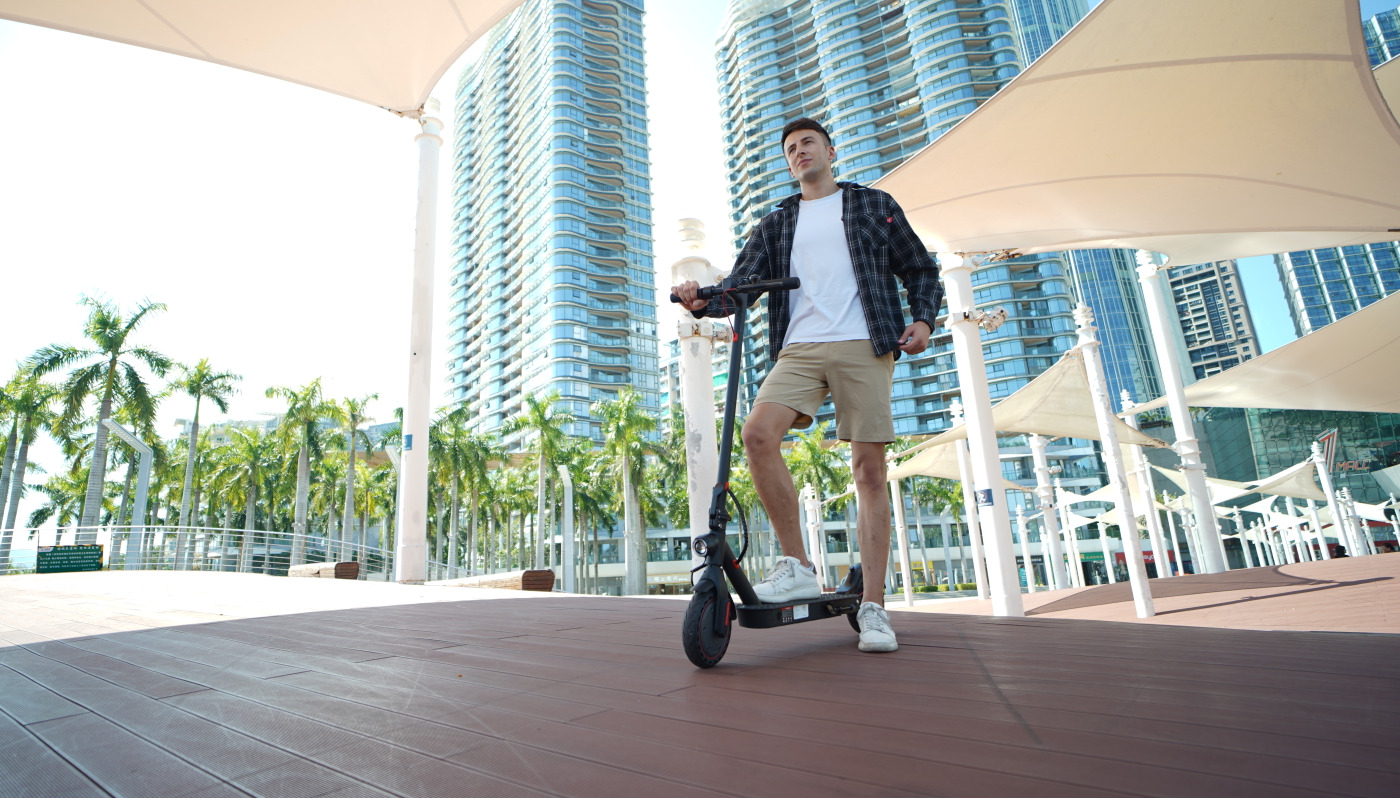As electric scooters and micro-mobility grow in popularity across the country, safety will follow this rise as an important factor of discussion and criticism. For city leaders looking for e-scooter safety statistics that can help ensure rider public safety and encourage safer driving habits, here are some valuable statistics to guide and raise awareness of e-scooter risks. These statistics can serve as an excellent basis for messaging to promote the most effective e-scooter safety practices to reduce risk and protect all riders.
Start With Smart Use;
A recent Austin Public Health (APH) study on the effects of electric scooters found that 33% of all Electric Scooter-related injuries occurred during the participant’s first ride. Highlighting this fact can help beginners really appreciate the value of learning and applying common safety practices on their first ride. This can be the most effective way to prevent injury.
Helmet no Negotiation;
The JAMA Network Open study also confirms that one of the easiest ways to avoid serious injuries is to wear a helmet every time you drive. According to a JAMA study, only 4.4% of electric scooter-related head injuries were caused by helmeted riders. This is strong evidence that helmet use protects cyclists from head injuries and concussions. City managers can feel safe using this guide as an evidence-based safety tool to reduce driver head injuries.
Young People Should be Much More Careful;
In the APH and JAMA studies, the safety statistics for electric scooters were unequivocal, with the majority of injuries occurring to riders under the age of 29. It was clear that over 10% of reported injuries involved underage riders and around half (48%) of e-scooter injuries were due to crashes. For 18–29-year-olds, age is certainly a factor that increases the risk of injury. Targeting city-wide safety campaigns to younger age groups can be key in conveying messages to younger age groups. Your safety is important and there are ways to protect yourself.
You Know Your Enemy;
Based on e-scooter safety statistics from all rider groups, it helps to highlight the main enemies in the battle for micro mobility safety. Since wearing a helmet is an essential safety practice for all cyclists, it is important to highlight the results of the JAMA study that more than 80% of electric scooter injuries occur to the head, face and/or neck. In other words, if only 4.4% of head injuries occurred to cyclists wearing helmets, it could be argued that most injuries would be completely preventable simply by wearing a helmet.
But what about the other injuries found in these studies? More than a third of injured cyclists suffered broken bones, according to the APH study. Meanwhile, 70% of crashes observed in the EPH study involved injuries to the upper extremities, including hands, wrists, arms or shoulders. While many of these incidents can result in head and upper limb injuries, it’s important to slow down, wear a helmet, and learn effective safety practices before trying an E Scooter for Adults the first time.
With basic e-scooter safety statistics, you can create a strong foundation to ensure that riders are following ideal safety practices and required protocols – a safer ride for all riders and a better program for your business.



